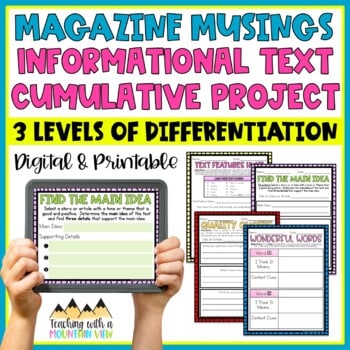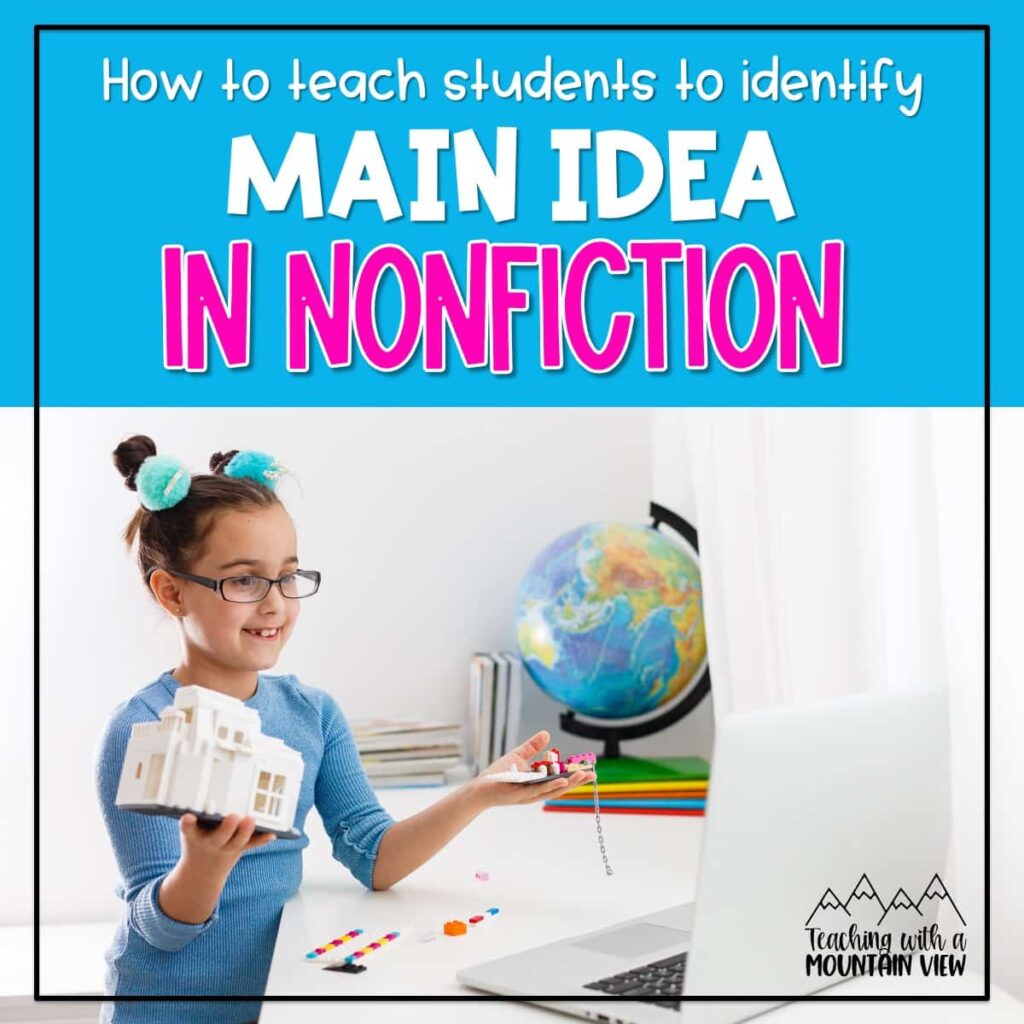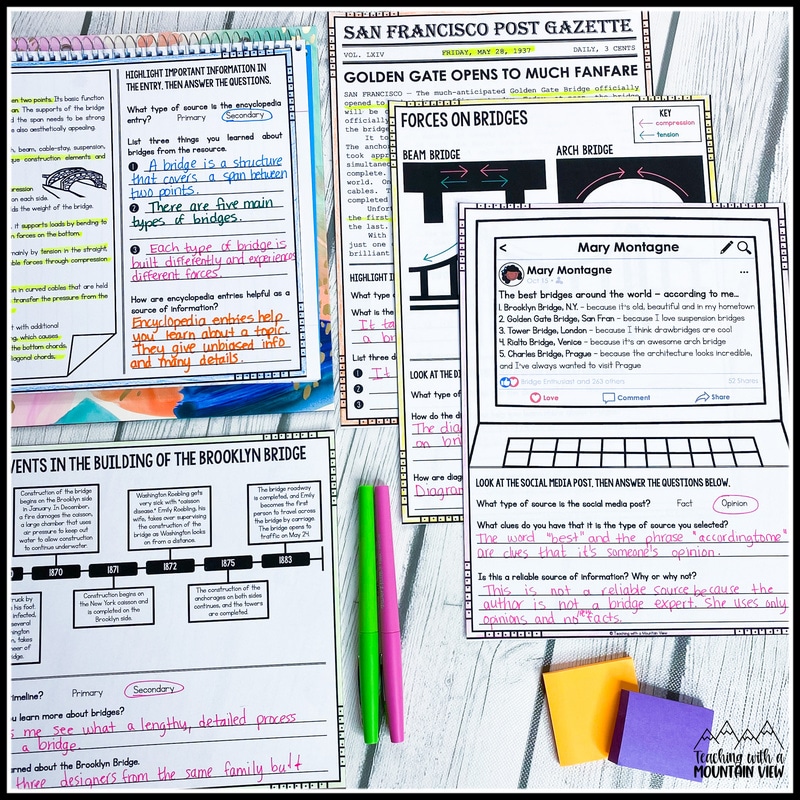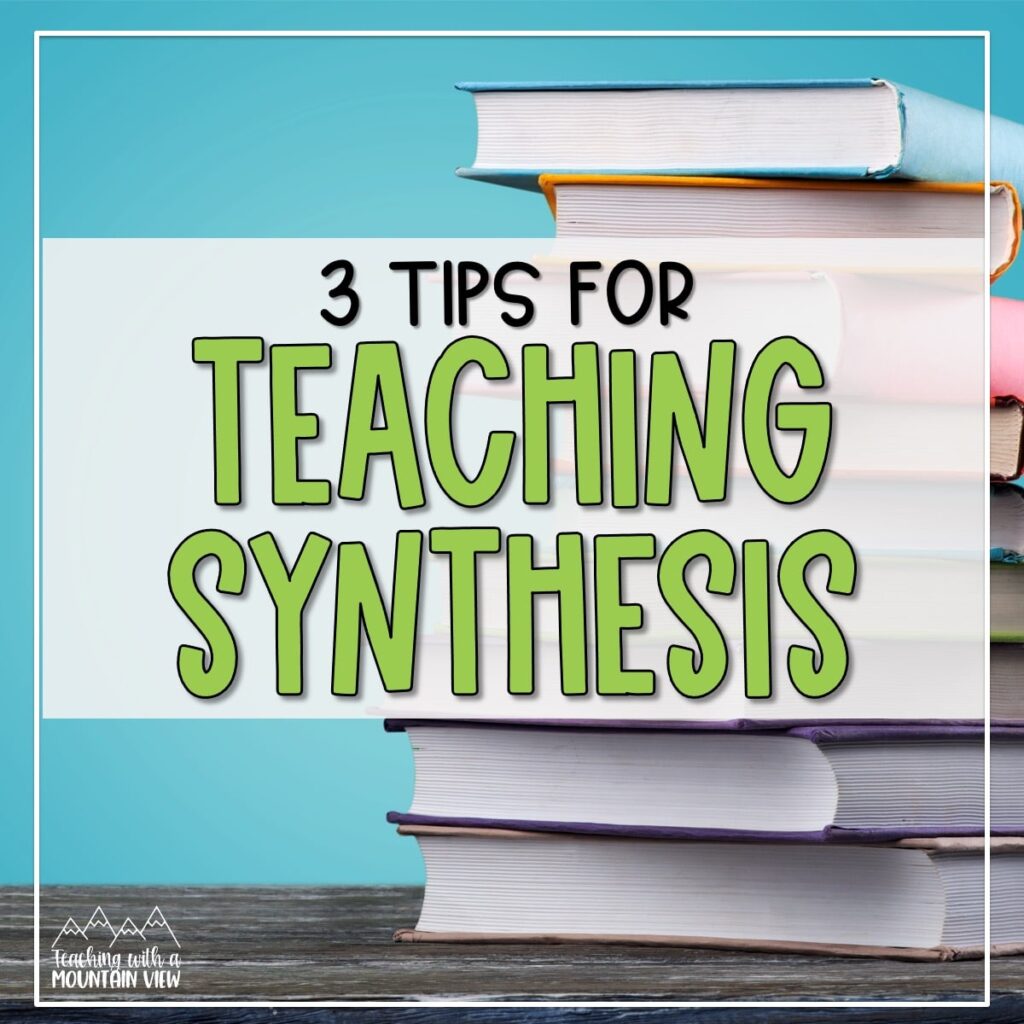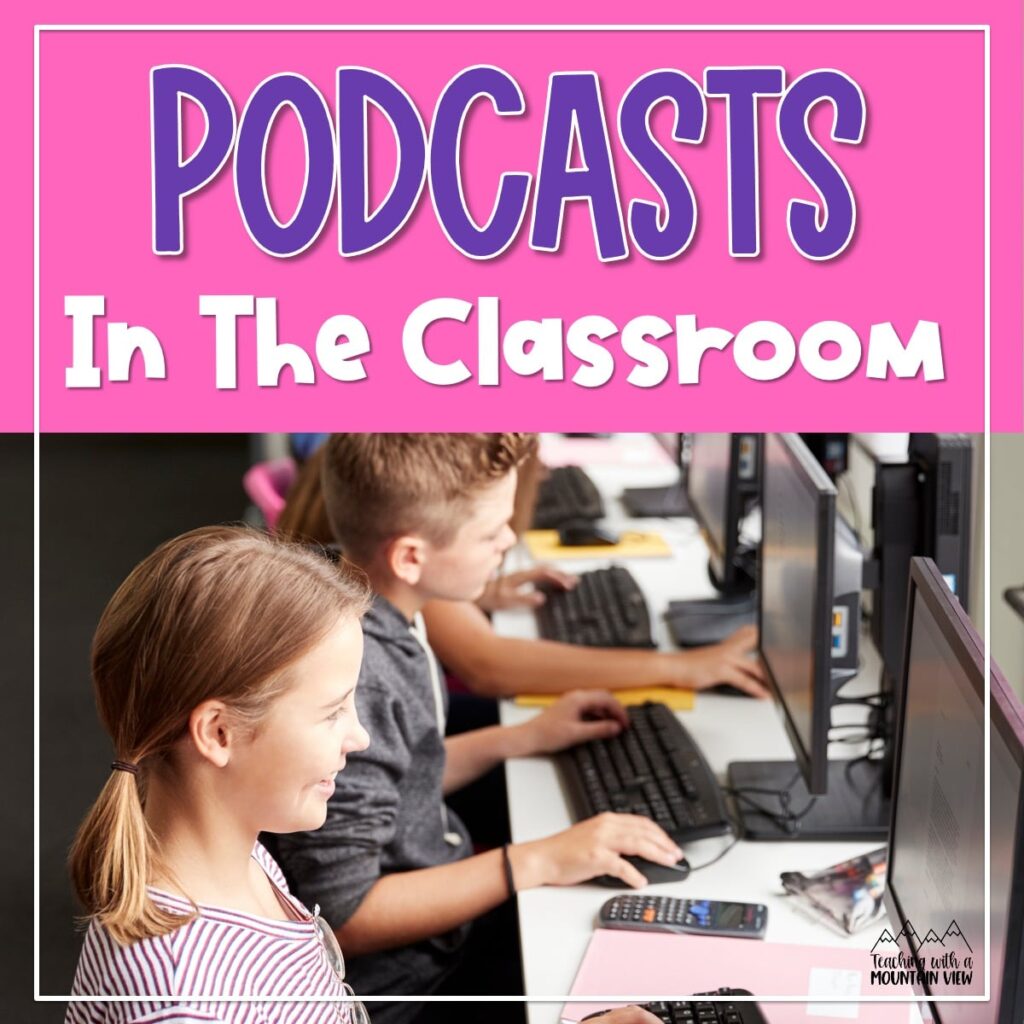Age Appropriate Ways to Use Current Events in the Classroom
By Mary Montero
Share This Post:
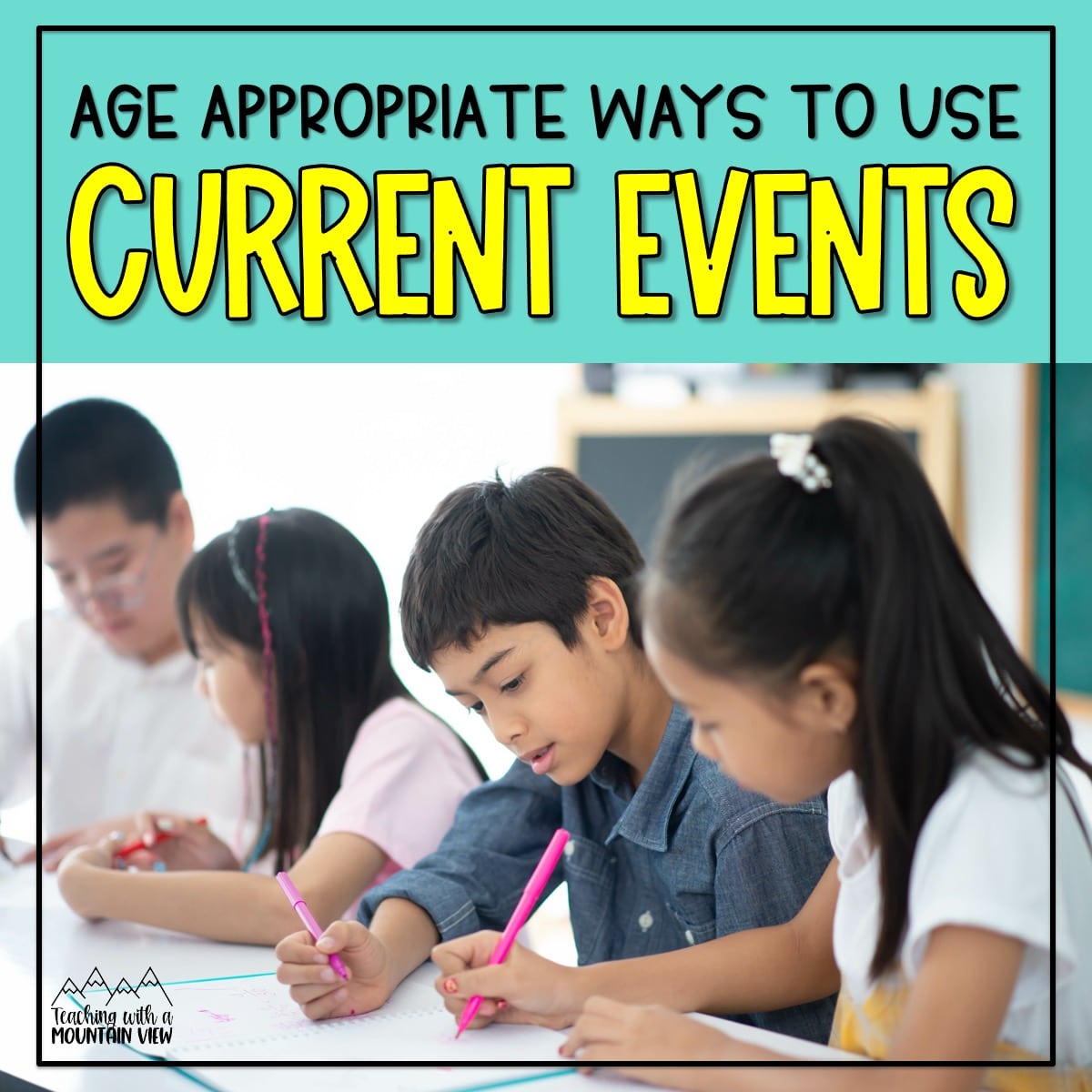
Teaching current events in the classroom can be a daunting task, especially when current events can sometimes feel difficult to process as an adult. However, if we don’t teach current events to our students, we miss out on an opportunity for rich discussions and authentic learning. Sometimes as teachers we underestimate our students’ ability to handle things, or assume that because they’re kids they don’t know a lot about what’s going on in the world.
From my experience, students are a lot more aware of what’s going on around them than we might think. Without discussing current events, students might actually gather wrong information or feel unnecessary anxiety. Afterall, not all current events are negative.
There are lots of great things going on in the world currently! Finding ways to meet students where they are and provide age appropriate ways to interact with current events is a really great way to meet the unique needs of upper elementary students. Here are a few ways to discuss current events in the classroom.
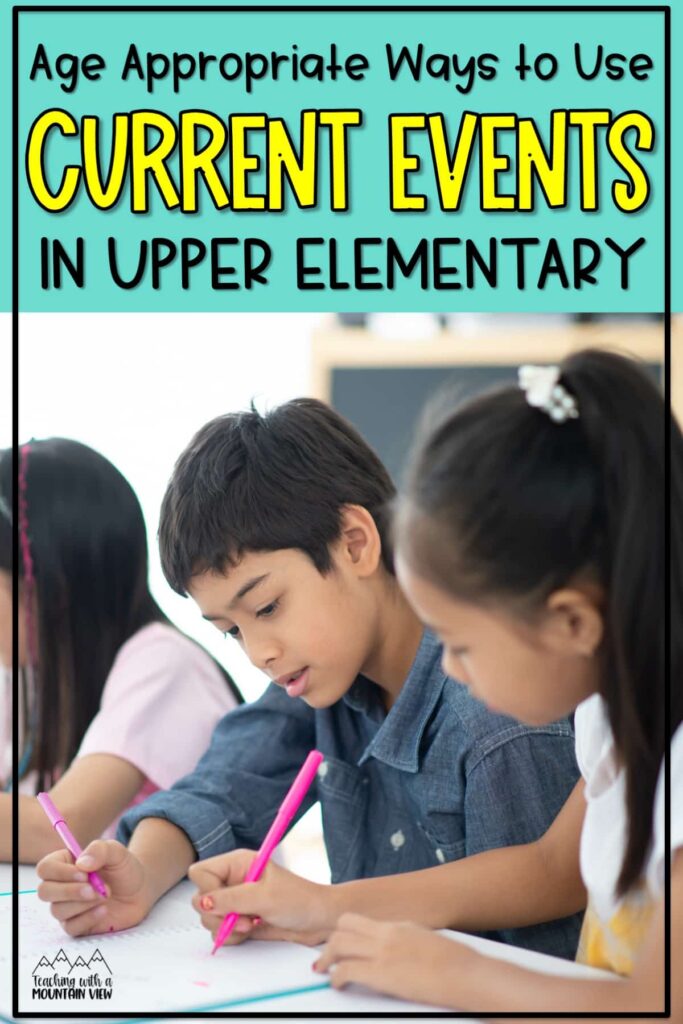
Informational Texts
Using informational texts is one way to dive into current events in the classroom. We teach informational text standards already, so why not choose texts that are relevant to students’ real lives and the world by reading about current events. Connecting academic work to real life will not only increase student engagement, but also gives us a chance to make real-world connections and practice media literacy.
Reading, comprehending, analyzing, and discussing informational texts related to current events will also empower students. We have the responsibility as educators to encourage students to be knowledgeable and active citizens of their communities. Providing a safe and comfortable environment to interact with current events in the classroom is a great way to do that.
You can make an informational text more accessible by pairing it with a video (love this for meeting standards that relate to multiple sources and multimedia!) or allowing students to work together in centers. Current events also provide great opportunities for rich classroom discussions, which can help make the content more engaging. Another idea to increase rigor and engagement with current events in the classroom is to contextualize the events by pairing them with historical events. Students can compare and contrast the events, which will deepen their understanding.
A favorite way to engage students with informational text about current events is through a Cumulative Informational Text Project. This project can be used with any magazine. Students explore the magazine to find articles that interest them, label various text features, and work through high-level comprehension questions to evaluate the informational text.
My students have always loved this project, and aside from being a wonderful way to practice reading skills, it’s always fun to see which articles are of interest to them. The resource includes guided activities that break down the reading skills students need. There are three levels for the project, so you can easily differentiate.
You can read more of my tips and tricks for how to use informational texts in the classroom here.
Synthesizing the Information
I absolutely love using current events in the classroom to practice synthesizing information. Taking and analyzing information from multiple sources and then creating new meaning is something we do all day every day as adults. In fact, we do it so often we don’t even think about it!
Think about how often you hear about an event on the news, discuss it with a colleague, and then read an article online to learn more. When you take all of the knowledge you’ve accumulated from those different sources and create your thoughts on the topic, you’ve effectively synthesized information.
Using current events to practice synthesizing is authentic and relevant to how it will be used in their real life. You can always start small when teaching synthesis. For example, find a video about popular Valentine’s candy and have students read an article about how certain Valentine’s candies gained popularity. After engaging with both resources, students can write about what they learned. You could even have students write in the format of a news broadcast and video each other reporting on their findings.
If you want to make this synthesis practice super simple for yourself, check out my Nonfiction Synthesizing Resource bundle! This bundle contains twenty different resources your students can practice synthesis with. Students will read multiple texts on the same topic, answer guiding questions, and complete tasks to help them synthesize the information.
The variety of sources within this resource really showcase the various sources we use to gather information in the real world. Students will be invited to analyze first hand accounts, timelines, social media posts, newspaper articles, diagrams, and more. Plus, the topics are really engaging! Students will read about the Titanic (my favorite), education rights, photosynthesis, and bridges.
You can also read more about how I teach synthesizing in this blog post.
Kid Friendly News
Watching the news is one way that we learn about current events as adults, but many news stations can be developmentally inappropriate for our students. Luckily, there are lots of options to share news with your students in a kid-friendly way! Morning meeting is a fantastic time to bring current events into your classroom.
CNN10 is a 10 minute news program designed for students. There is a new episode every weekday, and it covers current events in a way that is age appropriate without being withholding. There are also fun segments like 10-second trivia and human interest stories.
News for Kids is a great website where students can do research on current events and topics that will interest them. The website is formatted like a news website for adults, and is broken into categories like world, US, sports, and arts. One thing I really like about this website is that it was created by a teacher, and the articles are written in a way that doesn’t assume students are reading with a ton of background knowledge.
News Quiz is another fun news station for kids that features a 10-question quiz based on the stories of the week. News Quiz is associated with PBS Kids and provides access to news on national and international current events in a way that is accessible for elementary students.
Flocabulary’s Week in Rap is probably most beloved by students. If you haven’t used Flocabulary in your classroom, you really should check it out! Flocabulary is a collaboration between educators and real rappers, which means none of the cheesy kids songs you might find in other places. The Week in Rap feature is a super creative, fun, and engaging way to include current events in the classroom.
Podcasts are also great sources for news, and you can read more about how I use podcasts in the classroom here.
Other Age-Appropriate News Resources
Beyond resources where students can watch the news, there are also lots of other kid-friendly news resources where students can engage in and analyze current events.
One of my favorites is The Week Junior. The Week Junior is a kids magazine with incredibly appealing photographs and topics. Their mission is to empower this next generation of kids to develop their own points of view and be a powerful force for good. In my experience, kids have loved engaging with this magazine. It does require a subscription, so consider reaching out to your admin to see if your school can fund it. You can read more about how I use The Week Junior in these posts.
A similar and equally great resource is Scholastic News. Scholastic News is broken into categories by grade level, which is great because we all know that what is interesting to a kindergartener is likely quite different than what is interesting to a fifth or sixth grader. Scholastic News also requires a subscription, and it also has digital resources for students to explore.
A final news resource is Newsela. Newsela is aligned with state standards, which sets it apart. Depending on where you teach, you’ll be provided with a list of standards each article covers. This makes using current events in the classroom really easy and accessible. I have found that students are typically very engaged with these articles, and I love the opportunity for differentiation.
I hope these resources help make it easy to bring current events to your classroom. There are so many resources and opportunities to help our students become more knowledgeable about the world while developing media literacy skills along the way.
Mary Montero
I’m so glad you are here. I’m a current gifted and talented teacher in a small town in Colorado, and I’ve been in education since 2009. My passion (other than my family and cookies) is for making teachers’ lives easier and classrooms more engaging.







